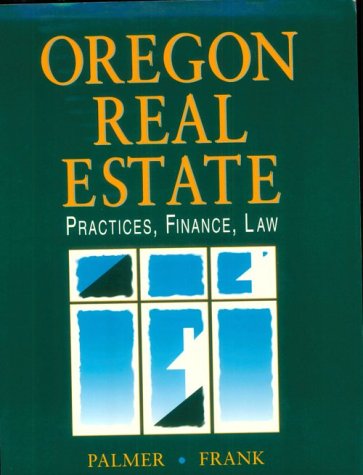Question
Given bond prices in the table below, determine the price of a three-year 6%-coupon bond (all bonds have annual coupons). Maturity Coupon Rate Price 3
- Given bond prices in the table below, determine the price of a three-year 6%-coupon bond (all bonds have annual coupons).
| Maturity | Coupon Rate | Price |
| 3 | 0% | 86.38 |
| 3 | 4% | 97.45 |
- You are holding a 3-year bond with coupon rate 10%. Coupon payments are annual and par values are 100. Spot rates are: r1 = 5%, r2 = 6%, r3 = 6.5%.
- Determine as many forward rates as you can based on the spot rates above.
- You would like to get a guaranteed 3-year return on your coupon bond. Explain how this can be achieved using forward rates. Which forward rates should you use? What is your guaranteed 3-year return?
- Its lunchtime. You are thinking about this restaurant, Obligation du Tresor, where you have always wanted to go but never did because you thought it was too pricey. Luckily, you bump into your friend Jerry, the bond trader. Today Jerry is buying and selling the following bonds:
| Bond | Coupon rate (%) | Maturity | YTM(%) |
| A | 0 | 1 year | 5.00 |
| B | 5 | 2 years | 5.85 |
| C | 7 | 2 years | 6.25 |
Coupon payments are annual, and bid-ask spreads are zero.
- What are the prices of the above bonds?
- Is it possible to construct an arbitrage (and get a free lunch at Obligation du Tresor), given the bond prices? If so, what is the trading strategy that produces the arbitrage?
Hint: Given the prices of two bonds, determine whether the third bond is over- or under-priced.
- An interest-rate swap is an exchange of a fixed rate against a floating rate. One party agrees to pay the other a fixed rate in regular intervals until a maturity T . The other party agrees to pay a variable rate in the same intervals. Payments are multiplied by a fixed amount, called the notional.
Consider a swap with annual payments and notional $1. The fixed-rate payments are pT in annual intervals until T , where pT denotes the swap rate, also known as the par rate. The first variable-rate payment is r1, the one-year spot rate at the time the swap is agreed. The second variable-rate payment is 1r1, the one-year spot rate one year after the swap is agreed. The variable-rate payment in year T is T 1r1, the one-year spot rate T 1 years after the swap is agreed.
A swap involves no cash flows at the time of agreement. Therefore, the present value of the fixed-rate payments must equal that of the variable-rate payments.
- Compute the present value of a cash-flow stream that consists of the variable-rate payments plus a payment of $1 in year T .
- Determine the par rate pT .
- Suppose that the 1-year spot rate is 5%, the 2-year spot rate is 4.5%, and the 3-year spot rate is 4%. Determine p1, p2 and p3.
Step by Step Solution
There are 3 Steps involved in it
Step: 1

Get Instant Access to Expert-Tailored Solutions
See step-by-step solutions with expert insights and AI powered tools for academic success
Step: 2

Step: 3

Ace Your Homework with AI
Get the answers you need in no time with our AI-driven, step-by-step assistance
Get Started


